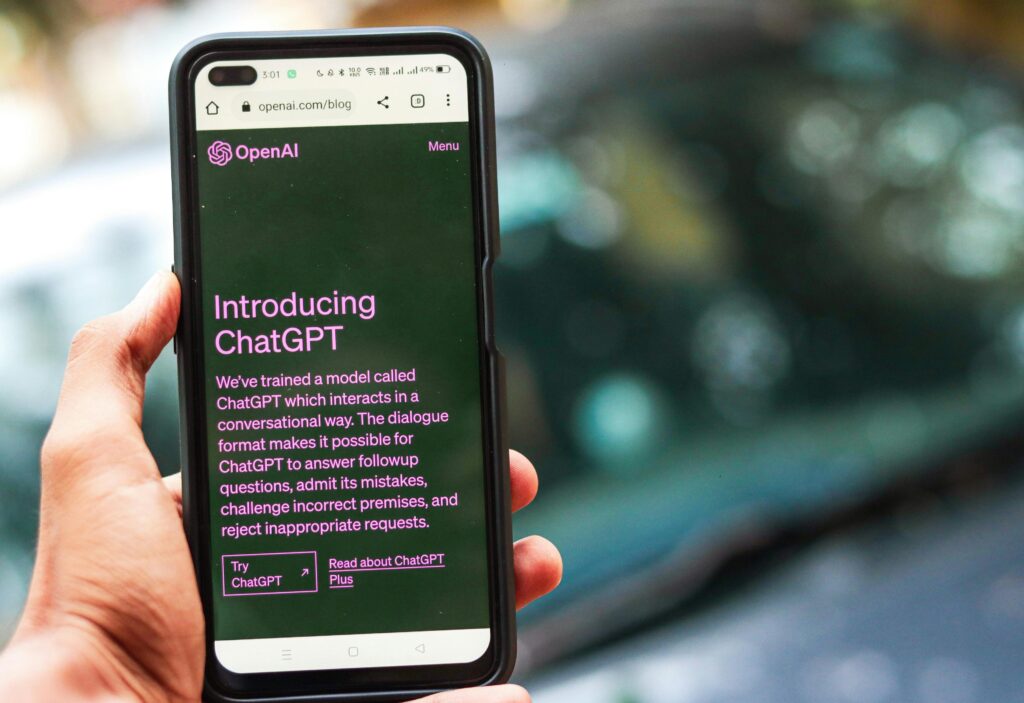In the workplace, the ability to say NO assertively and professionally is a crucial skill that is often overlooked. Saying “yes” to everything your boss asks may seem like a way to earn points and show your commitment, but in reality, doing so can have negative effects on your well-being and productivity. Learning to set clear boundaries, manage your priorities, and protect your professional value are far more powerful skills than simply accepting everything assigned to you.
In this article, we will explore 8 ways to say NO to your boss without losing credibility or harming the work relationship. Learning to say “no” with intelligence, empathy, and assertiveness not only helps you gain more control over your workday but also strengthens your professional stance.
1. Communicate your overload
One of the first steps to effectively managing your tasks is recognizing when you have too much on your plate. Make it clear that you’re working on multiple responsibilities, and while you’re committed, it’s also important to prioritize urgent tasks.
Response:
“I’m at my capacity right now, but I can prioritize the most urgent tasks.”
It’s not about rejecting the work, but ensuring you can fulfill everything in the best possible way. It also shows you’re aware of your capabilities and helps set healthy boundaries.
2. Non-related tasks
It’s important to reject tasks that aren’t aligned with your role or responsibilities. You don’t have to do everything asked if it’s not within your competencies or the area where you add value.
Response:
“This is outside of my current responsibilities. Let’s discuss how I can contribute in a way that adds value.”
This not only helps you stay focused but also reminds your boss where you can be more effective and how your time can be better utilized.
3. Ask for support
If you’re assigned a task that’s particularly complex or that you can’t complete adequately due to your workload, ask for additional resources. This helps ensure the task is done better and also shows your commitment to the quality of your work.
Response:
“Can we bring in extra help to ensure this is done well?”
In this case, you’re proposing a viable solution and showing proactivity. Collaboration is key to workplace efficiency.

4. Communicate honestly
Honesty is key to building a trusting relationship with your boss. Sometimes, taking on more responsibilities can lower the quality of your work. It’s important to be transparent about your limits.
Response:
“I want to be honest: If I take this on now, I won’t be able to give it the attention it deserves.”
Being direct and honest allows your boss to understand your situation and respect you for being authentic. This strengthens the relationship, as it’s based on mutual trust.
5. Offer solutions
When you say NO to something, it’s not just about rejecting it, but proposing alternatives that allow things to keep moving without the work getting stuck.
Response:
“What if we try something to keep everything moving smoothly?”
This approach not only shows your willingness but also your creativity in finding solutions that benefit the team and maintain productivity.
6. Reprioritize tasks
Sometimes, it’s not about rejecting a task, but reorganizing your priorities to include it more efficiently. When your boss asks for something new, you can ask for guidance on which tasks should take priority.
Response:
“Given my current workload, which project should take priority?”
This shows that you’re responsible and know how to manage your tasks efficiently, while also being willing to collaborate wherever needed.
7. Frequent overtimeasks
Overtime can be a delicate subject. While there are times when extra effort is necessary, when overtime becomes the norm, it’s important to set boundaries to avoid burnout.
Response:
“I’m willing to help, but overtime is affecting my work-life balance.”
This shows that you care about your well-being and are aware of the importance of maintaining a healthy balance between work and personal life.
8. Ask for help in prioritizing
Sometimes, you may feel overwhelmed by all the tasks you have to complete. In this case, involve your boss in reorganizing your priorities. This not only keeps your boss informed of your workload but also shows your willingness to get the work done efficiently.
Response:
“What tasks can I move around to focus on this new task?”
This response not only shows that you’re committed to your responsibilities but also reinforces the idea that you work strategically, not reactively.
The importance of learning to say NO in the professional world
Saying NO is a skill that needs to be learned and perfected. It’s not about being negative, but managing your priorities in a way that allows you to maintain a high level of performance without compromising your health or productivity. This article from Harvard Business Review delves into how to handle this skill in the workplace and provides practical advice on setting effective boundaries without damaging your relationship with your boss.
In this regard, acquiring coaching and mindfulness skills can be very helpful. ENEB’s Master’s in Coaching and Mindfulness, for example, offers valuable tools to improve emotional management, enhance productivity, and learn to say NO assertively. This type of training helps you approach pressure situations with calm and clarity.
Another relevant program is the Master’s in Team Management and Leadership, which teaches you to lead effectively, manage teams, and set healthy boundaries. Additionally, the Master’s in HR and Talent Management is ideal if you want to delve into best practices for managing human talent and understanding the importance of interpersonal skills in the workplace.
















